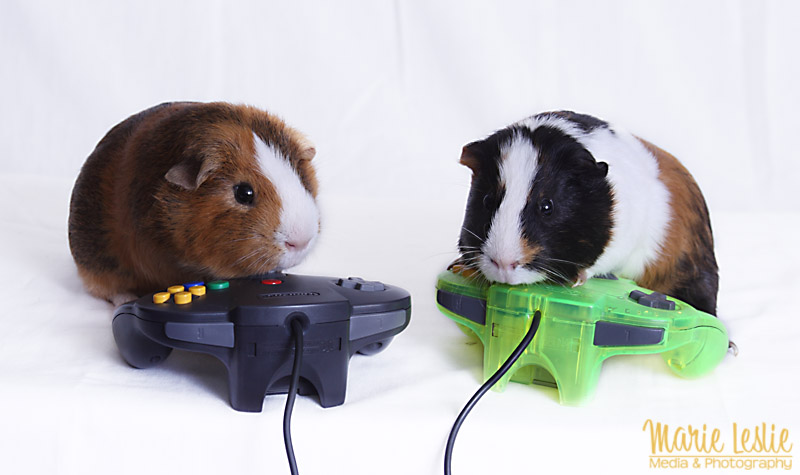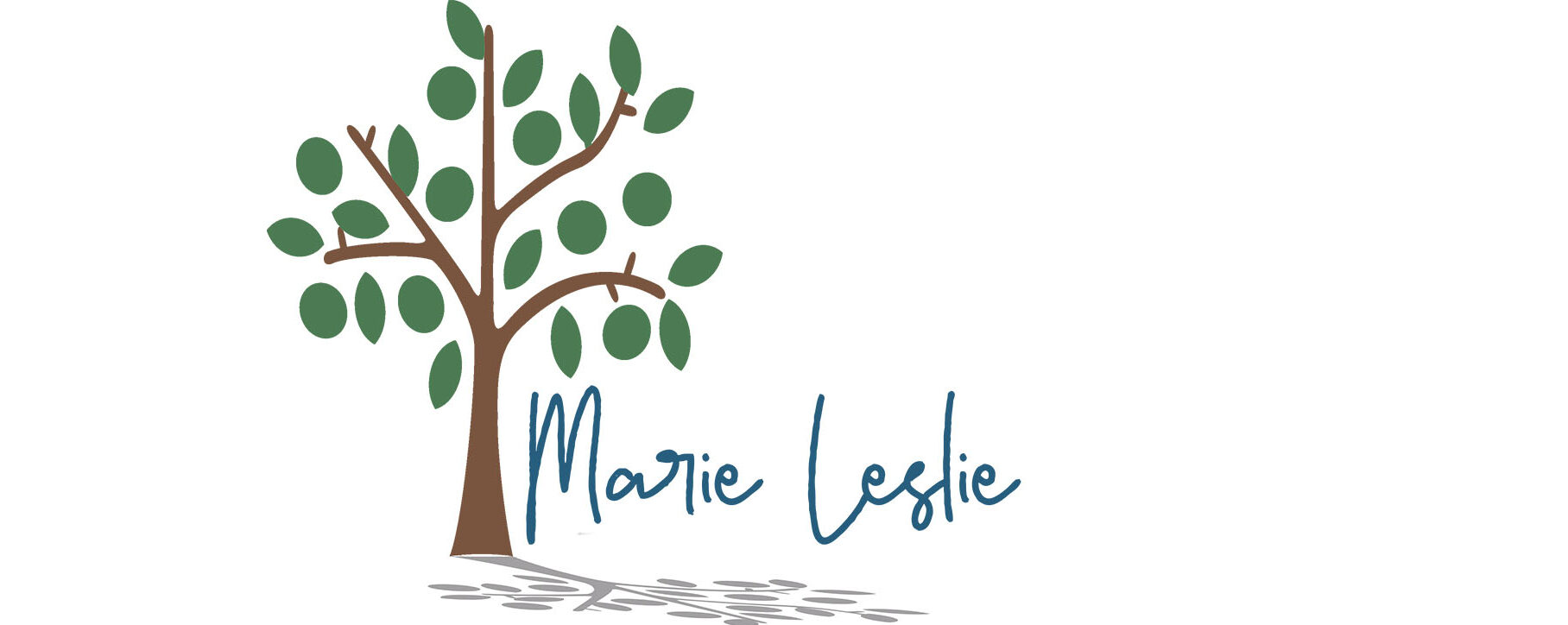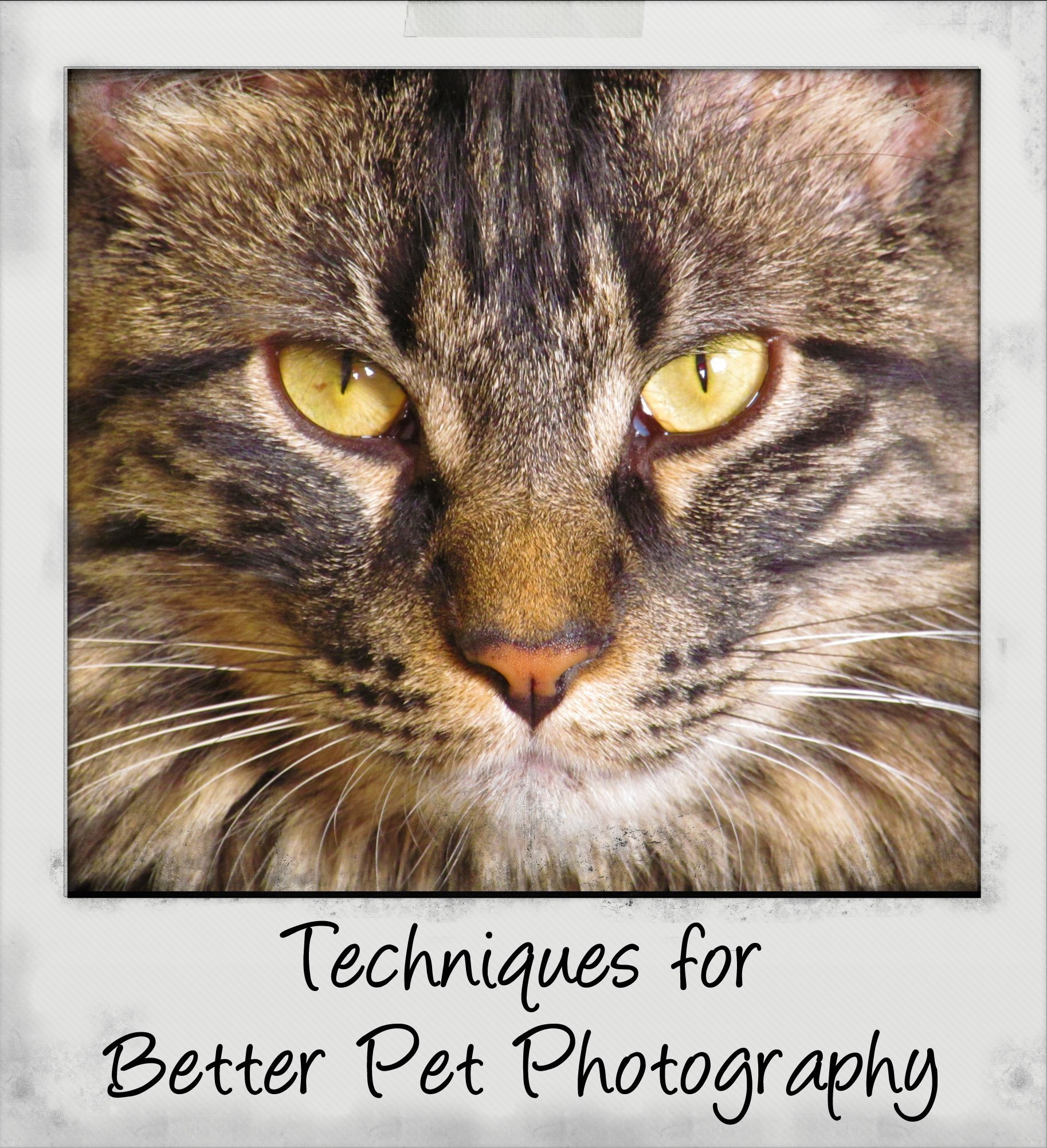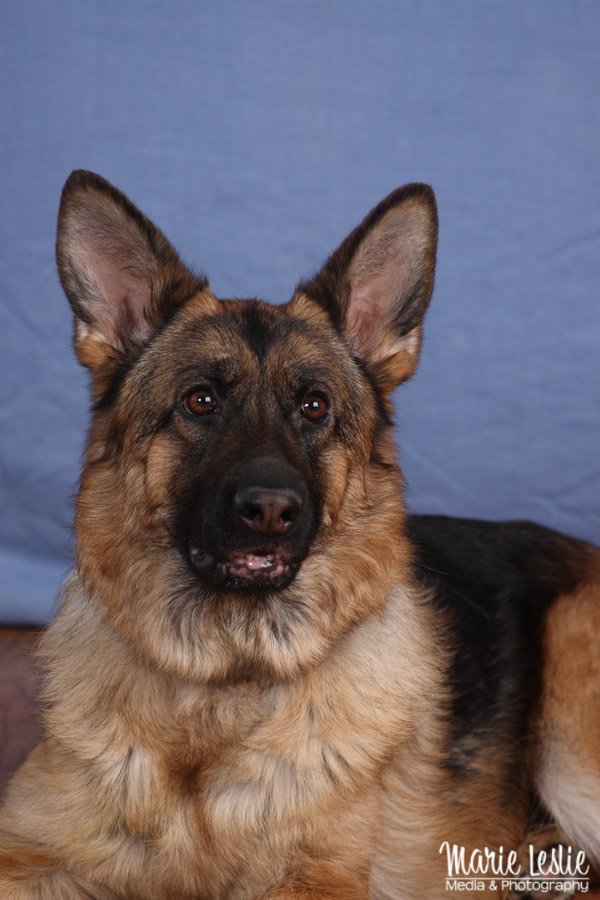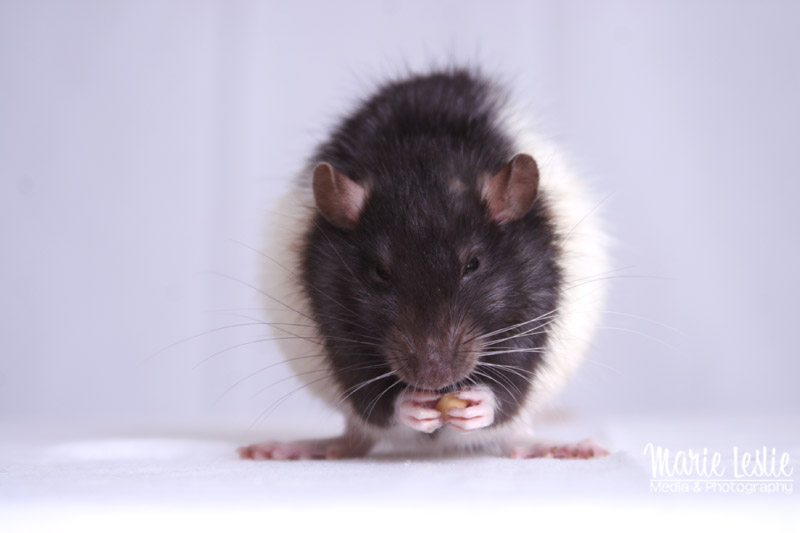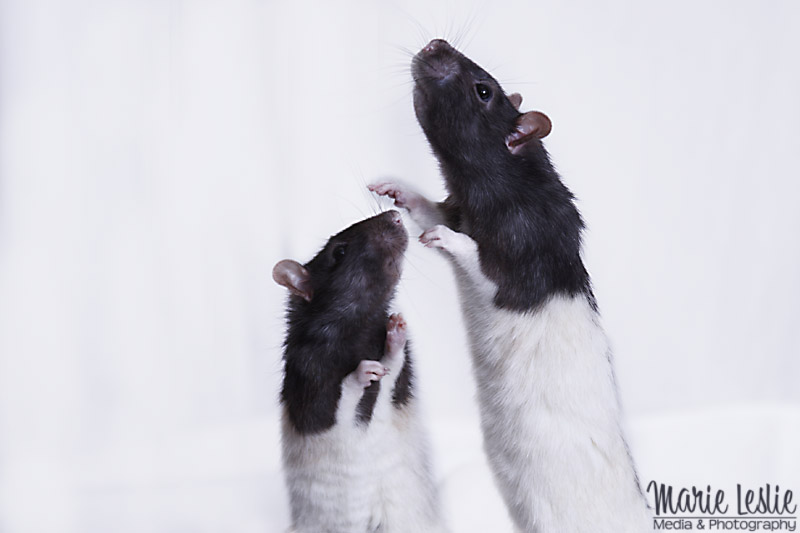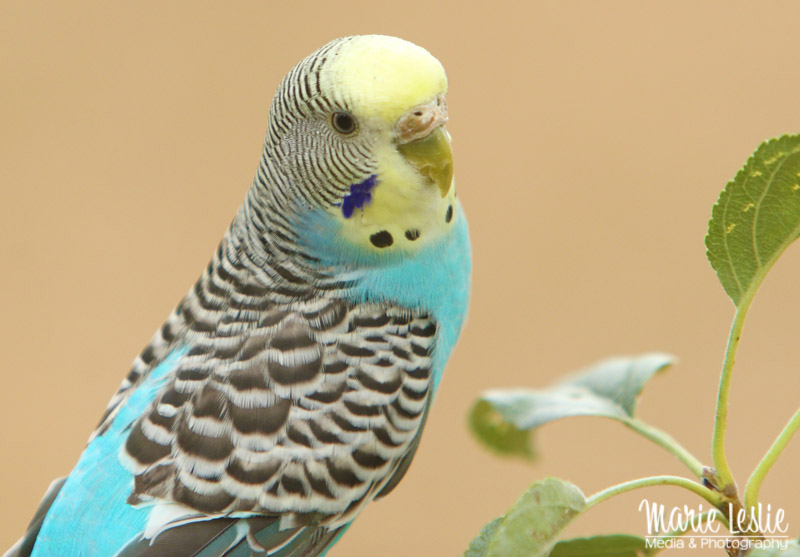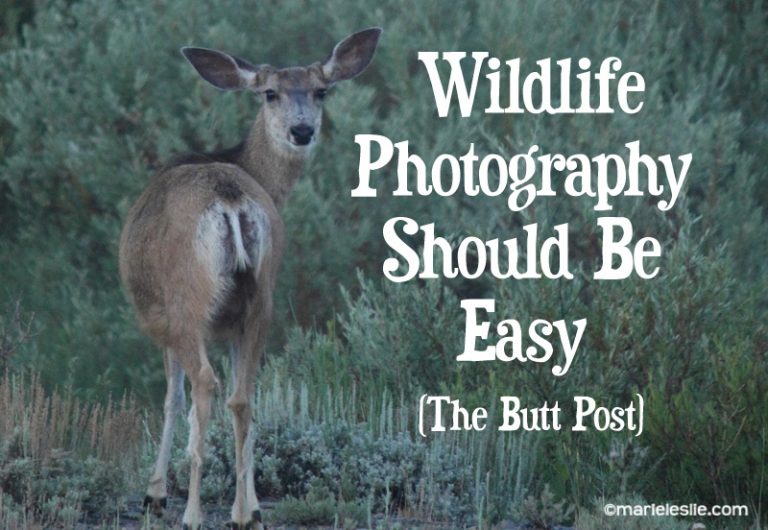Techniques for Better Pet Photography
Our pets become part of our family. And just like with our human family members, we want to create lasting photographic memories of our time with them.
Pet Photography doesn’t have to be complicated or hard. I find photographing pets to be great fun and the finished products some of my favorite photographs. Here are some of the techniques I use for better pet photography.
Be Patient
Photographing pets is a lot like photographing two-year-olds. Sometimes they’re in the mood and sometimes they’re not. You need patience to get great photographs of your pets, especially if you’re trying to capture a specific pose or a trick that they perform. If today isn’t a good day, try again tomorrow.
Plan Ahead
Before you pull out the camera and start firing away, give some thought to what you want to accomplish with your pet portrait session. Do you want action photos? Do you want a “formal” posed portrait of your pet? Do you want to capture your pet’s best trick? If you know what your goal is before you start, your session is likely to be more successful.
Photograph them Where They are Comfortable
A comfortable pet is a happy pet. Familiar surroundings generally lead to a more relaxed and responsive pet. Especially if you have a high-strung pet, photographing them in a place where they are comfortable is more likely to result in a successful session. Often this means at home, but it can also be a park or outdoor location that they’ve visited before.
Use a Helper
It’s pretty tough to wrangle a pet and man a camera at the same time. Having a helper (or more if you’re photographing multiple animals) can make your job much easier.
Use Natural Light
Avoid artificial light or camera flash if you can. Even more so than humans, pets are prone to red-eye. If you can make your photographs in daylight, your results will be better. Open shade or indoors with indirect sunlight are both great options for better pet photography.
Focus on the Eyes
Focus your portrait on your pet’s eyes, whether they are looking at the camera or looking elsewhere. Sharp, well-focused eyes can make all the difference in a portrait.
Experiment
Experiment a little bit. Try photographing your pet with different poses or in different areas. Try photographing them with their favorite toy or with a fun prop. For some animals, the promise of a treat might get them into a fun pose. Choose to photograph a variety of images, including full-lengths and close-ups. Get them sitting still and playing. The more you shoot and the more variety, the more likely you are to end up with some images that you’ll love.
Use Different Angles
Eye level is always great. It will give you the most natural portraits of your pets. But that doesn’t mean you always have to shoot that way. Sometimes shooting down at them or shooting up can give you a fresh perspective. When I photograph small animals, I prefer to put them up on a table, for two reasons. It’s much easier to bring them up to my level than to lie flat on the floor. It also confines them a bit and makes them less likely to wander off.
Have Fun
Finally, remember this is supposed to be fun—for both of you. If it starts feeling stressful or like work, put the camera away and try again another day. And remember, a portrait doesn’t have to be perfect to be the “perfect portrait.” My favorites are always the ones that capture their personality. So pick up your camera, grab a handful of pet treats and go have some fun making photographic memories with your pets.
